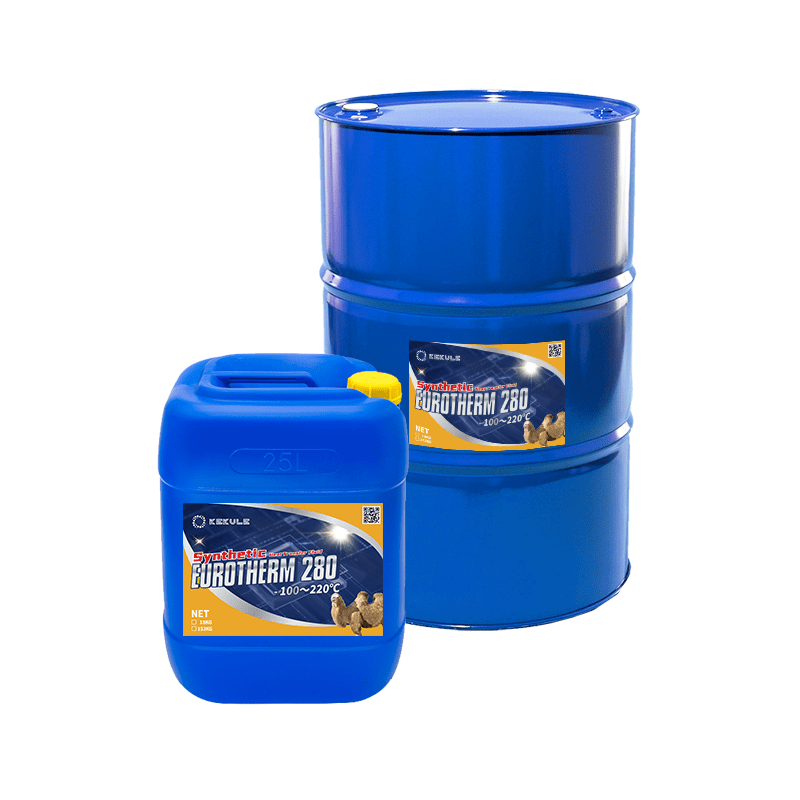The 15-Second Trick For Chemie
The 15-Second Trick For Chemie
Blog Article
The 25-Second Trick For Chemie
Table of ContentsNot known Details About Chemie Getting The Chemie To WorkThe Single Strategy To Use For ChemieThings about ChemieThe Best Guide To ChemieThe Main Principles Of Chemie
(https://www.wattpad.com/user/chemie999)Calculated modification in electric conductivity of fluid samples as a feature of time when stirred with the material sample in the shut indirect air conditioning loop experiment. Number 6 shows the change in the measured electric conductivity of the liquid samples when mixed with the material sample. The conductivity of the water sample from the shut loop experiment decreased by around 70% from 11.77 S/cm to 3.32 S/cm in 6 hours.These results showed that the capability of the material depends on the examination fluid made use of for the experiment. This shows that different ions present in the liquid will certainly cause different ion exchange ability of the liquid. Computing the ion exchange material ability with the fluid example from the real air conditioning loop is vital.
The Best Guide To Chemie
As a result, an ion exchange resin cartridge having 20g of Dowex mixed bed resin may handle order 938 days to fill. Simply put, to maintain a low electric conductivity, a material cartridge with the measurement and weight specification as that of the material cartridge used in the experiment, require to be altered every 30 months for the air conditioning system that was used in the experiment
The cooling of electronic parts has actually become a major difficulty in recent times as a result of the advancements in the style of faster and smaller elements. Because of this, different air conditioning technologies have been established to successfully remove the heat from these components [1, 2] Making use of a fluid coolant has come to be appealing as a result of the greater heat transfer coefficient achieved as contrasted to air-cooling.
The Best Strategy To Use For Chemie
A single stage cooling loop consists of a pump, a heat exchanger (cool plate/mini- or micro-channels), and a heat sink (radiator with a follower or a liquid-to-liquid warmth exchanger with cooled water cooling). The warm resource in the electronic devices system is affixed to the warm exchanger.
The needs may vary depending on the kind of application. Adhering to is a list of some basic needs: Good thermo-physical properties (high thermal conductivity and specific warm; low viscosity; high unrealized warm of dissipation for two-phase application) Low cold point and ruptured factor (occasionally burst protection at -40 C or reduced is needed for shipping and/or storage functions) High atmospheric boiling point (or low vapor pressure at the operating temperature level) for single phase system; a slim desired boiling point for a two-phase system Great chemical and thermal security for the life of the electronic devices system High flash point and auto-ignition temperature (often non-combustibility is a need) Non-corrosive to products of construction (steels along with polymers and various other non-metals) No or minimal regulative restraints (eco-friendly, nontoxic, and perhaps eco-friendly) Cost-effective The most effective electronic devices coolant is an economical and nontoxic liquid with exceptional thermo-physical residential properties and a lengthy life span.
The Definitive Guide for Chemie
The majority of these fluids have a non-discernible odor and are safe in case of call with skin or intake. As discussed in the past, aliphatic PAO-based fluids have actually replaced the silicate-ester liquids in a range of army electronics (and avionics) cooling applications in the last decade. One more course of prominent coolant chemistry is dimethyl- and methyl phenyl-poly (siloxane) or frequently referred to as silicone oil.
Of all, these fluids are non-combustible and safe. Some fluorinated substances have no ozone diminishing prospective and other ecological buildings.
Ethylene glycol is colorless and virtually odor-free and is entirely miscible with water. When properly inhibited, it has a fairly reduced corrosivity. Nonetheless, this coolant is classified as toxic and must be managed and thrown away with treatment. The high quality of water made use of for the preparation of a glycol option is extremely important for the system.
Our Chemie Ideas

This is a reduced price antifreeze solution, finding usage in refrigeration solutions and ground source warmth pumps - fluorinert. This fluid can be utilized down to -40 C owing to its relatively high rate of warm transfer in this temperature level array.
It is taken into consideration more unsafe than ethylene glycol and consequently has found usage only for procedure applications situated outdoors. Methanol is a flammable liquid and, as such, introduces a potential fire danger where it is stored, took care of, or used. This is an aqueous remedy of denatured grain alcohol. Its primary advantage is that it is safe.
The 2-Minute Rule for Chemie
As a flammable fluid, it requires specific preventative measures for managing and storage. Aqueous options of calcium chloride find broad use as distributing coolants in food plants. It is non-flammable, non-toxic and thermally a lot more efficient than the glycol solutions. A 29% (by wt.) calcium chloride solution has a freezing point below -40 C.

Report this page